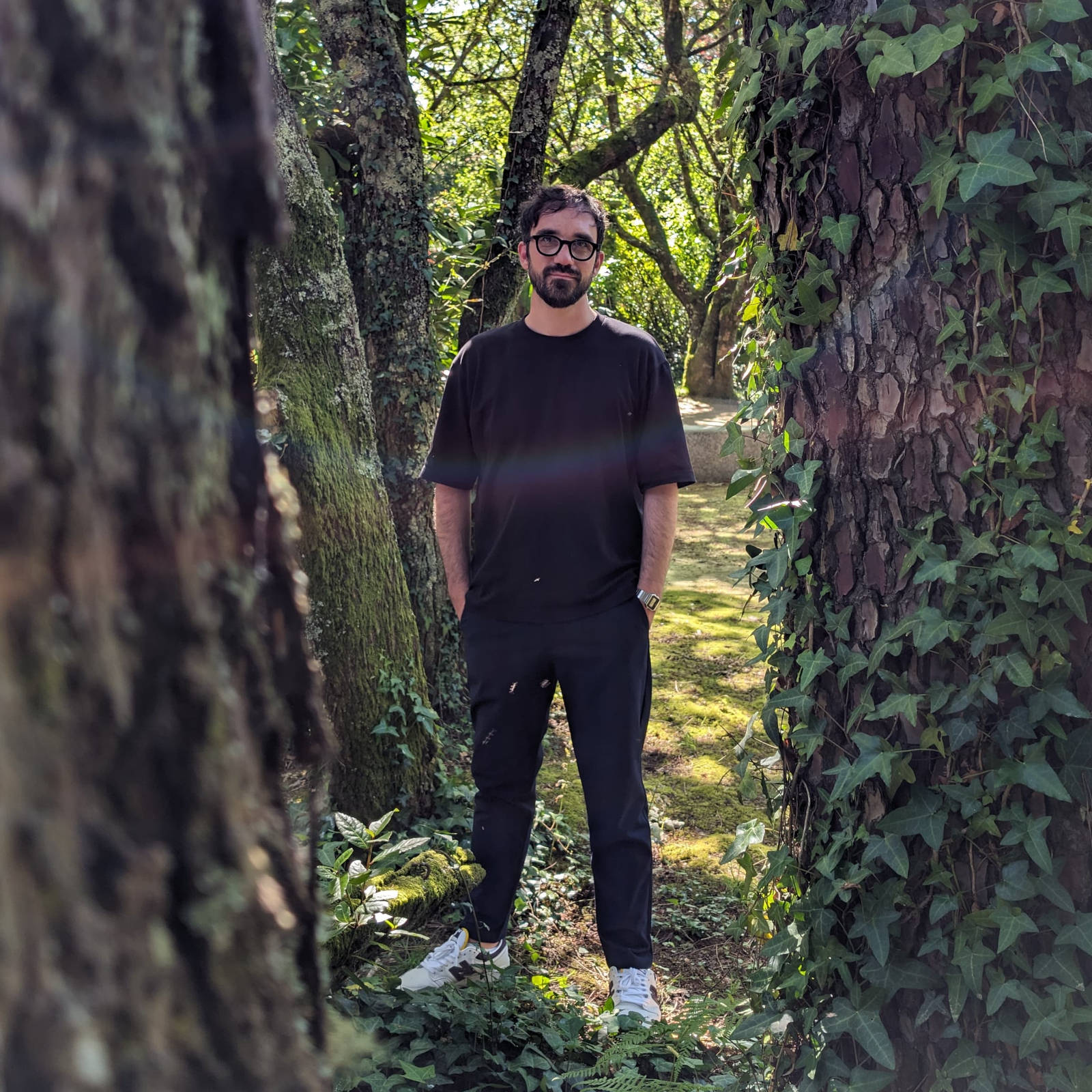A conversation with Sander Sturing

What are the use cases for creative coding in the development of visual identities? How does the workflow look like? Sander Sturing has been working as a creative technologist at Studio Dumbar (part of Dept) in Rotterdam for years. In this short interview he gives an insight into his way of working.
Hello Sander, thank you for giving me the opportunity to ask you a few questions. You work as a creative coder at Studio Dumbar in Rotterdam. Your projects have won many big awards and I’m a huge fan of your work. What role does creative coding play in the studio’s workflow?
How do you approach starting a new project?
It depends a bit. We start sketching with multiple people on the concept phase of an identity project. For some clients you already know up front something like coding could be a good fit, so I will be planned in to sketch on concepts as well.
Most of the time though, a visual and/or motion designer comes to me with an idea they have, and we work on that together. I’ll create a tool and give it to them as quickly as I can for them to mess around with. There is always room to manipulate the outcome of the code as much as possible by changing settings, manual input etc. This is how the designers will come to new ideas or run into limitations that will serve as the basis for the next iteration of the tool. We do this as many times as possible until we run out of time 😉
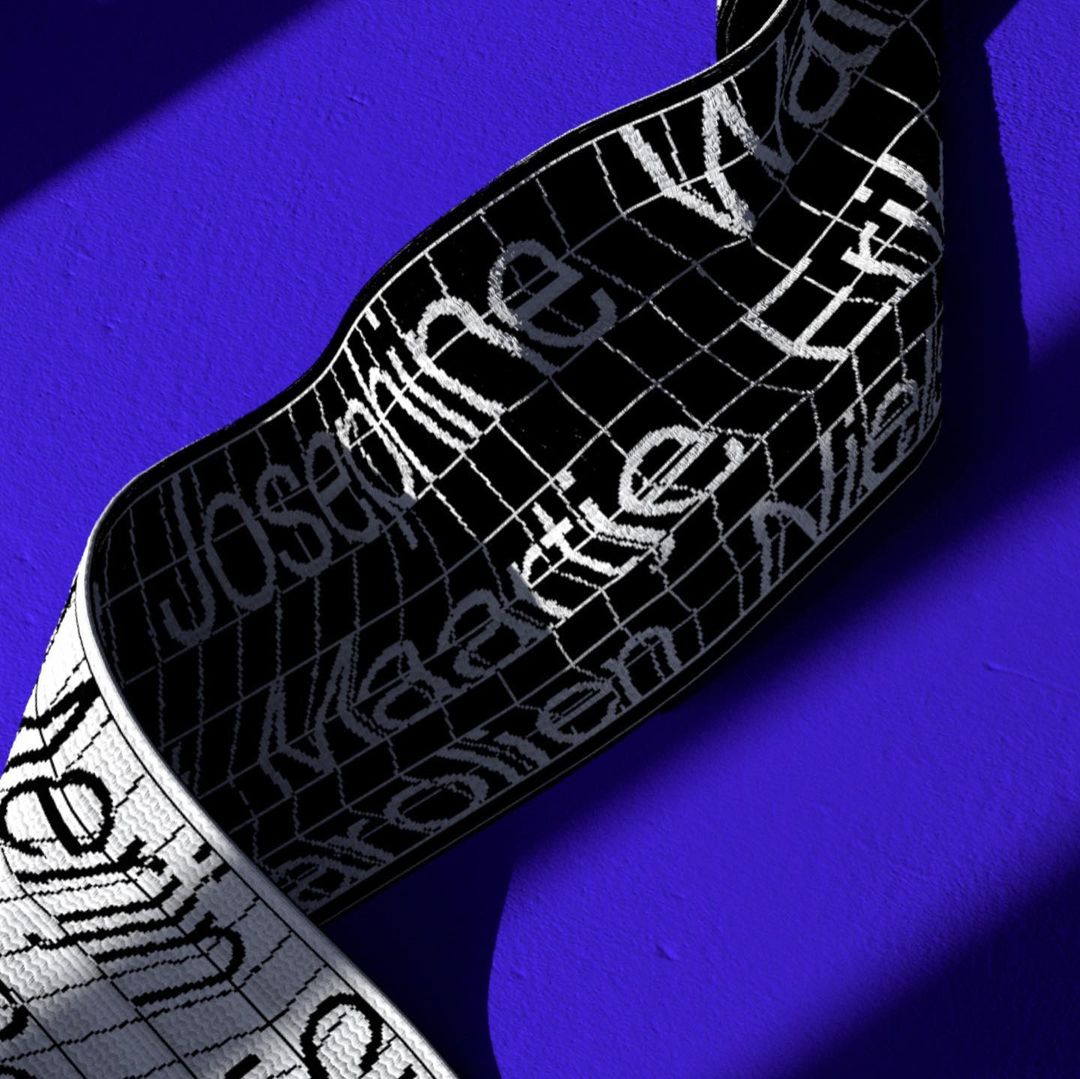

What kind of role do Processing or p5.js play in your toolbox?
Huge. I learned how to code in Processing and it has been my go-to tool to write code since. Still most of the things I do, are made or started in Processing. I use other technologies when I have to — for example Drawbot [Python] when working with variable fonts — but Processing is the safest choice for me since I know it so well. Processing is good at both quick doing quick sketches — hence the projects itself in Processing are called sketches — but also has the power to handle bigger projects as well. Especially the ease of working with different types of input, and the way we can quickly export to vector and animation sequences are invaluable to us.
This does not mean that Processing should be the default tool to do all work in. This year I have a list of new software and technology I intend to learn, to diversify my knowledge a bit. Mostly looking forward to TouchDesigner, coding in Blender (Python), Cavalry and Three.js!
How do you estimate the value of creative coding in the design scene?
It’s growing. At Studio Dumbar we already use coding as a tool on a regular basis for our projects. We’re even getting asked for coding-specific project at this point, which is kind of interesting for a motion and visual identity studio.
Just as working with motion- and 3D-software as a visual designer was a lot more rare a couple of years ago — we now see that most new designers or interns that join the studio have at least some experience with this — coding will meet the same fate. Especially when looking at how common coding classes and workshops are for design students nowadays. Plus there are a lot of tools that bridge the gap between design and code (like TouchDesigner or Cavalry) which take a more generative approach to design. Coding it much easier to integrate into a design process nowadays.

What qualities are important to work as a creative coder in a professional environment?
Talk about your code — and its possibilities — in an understandable way. You should be able to work with a lot of different people with different levels of knowledge of coding. Being able to communicate (both ways) is key. I really believe collaboration with designers is where the magic is at for creative coders.
Anything else you would like to say?
Thanks Tim, for everything you do, in setting up this community. I’m really excited for the future of coding and design and you’re playing an important role in it!
Sander Sturing at the Processing Community Day 2021
In August 2021, Sander was a guest at my Processing Community Day alongside Casey Reas, Vera van de Seyp, Patrik Hübner and Dr. Martin Lorenz. Here is the recording of his presentation, in which he also gives deep insights into Studio Dumbar’s work…
Follow Sander
Enjoying the content?
I put a lot of love and effort into developing content on Creative Coding. Since 2018, I have published 209 interviews, case studies, and tutorials, along with over 272 lessons in 17 online courses – and there's more to come! If you'd like to support my work and help keep this platform evolving, please consider supporting me on Patreon. Thank you very much!

Related
 Studio visit: Julian Hespenheide
Studio visit: Julian Hespenheide
Two thousand and twenty-four. At the “Barceloneta” metro station, a few hundred meters from the beach, stands an old dot-matrix […]
 Michelle Duong and her Adventures in Interactive Typography
Michelle Duong and her Adventures in Interactive Typography
Sometimes it is so difficult to display the potencial of Creative Coding, since it mostly happens in the digital realm, […]
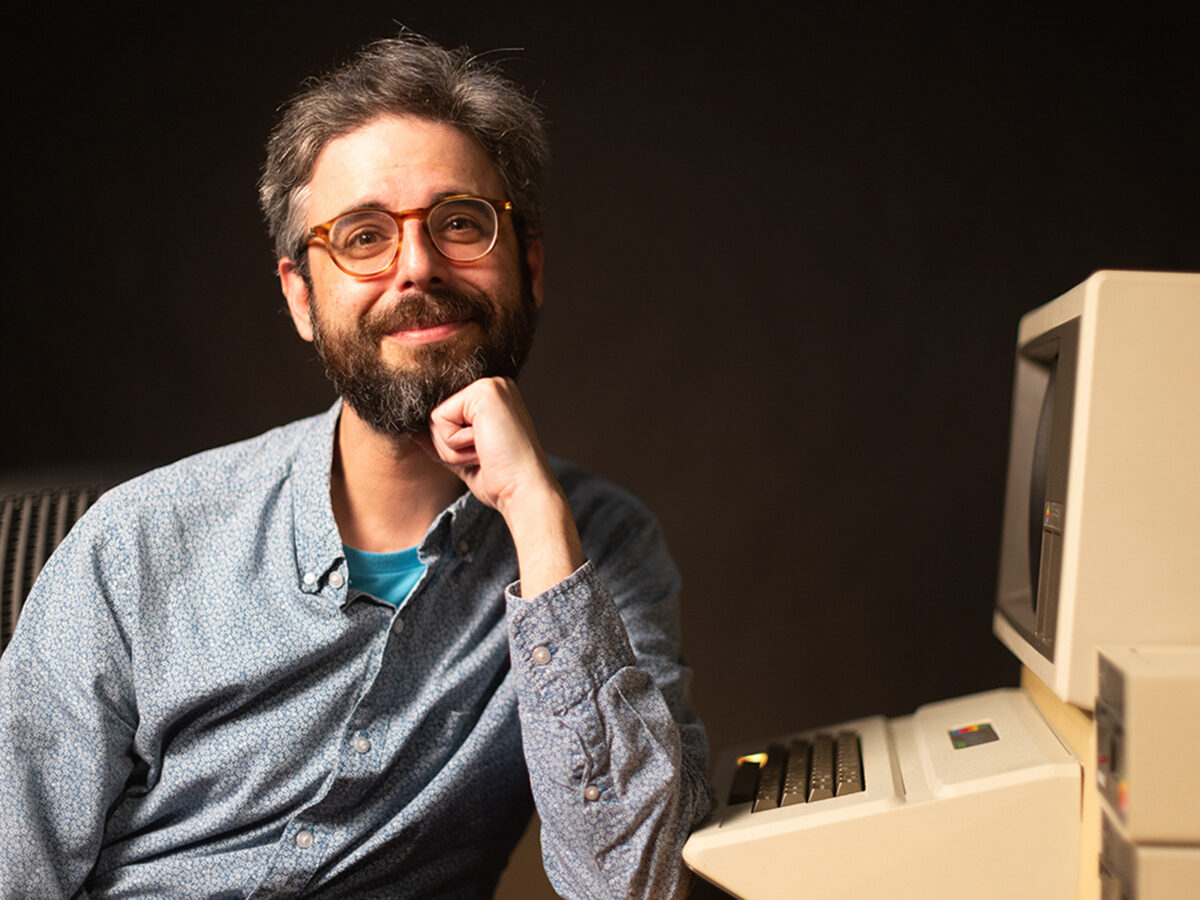 Daniel Shiffman on The Nature of Code
Daniel Shiffman on The Nature of Code
In this conversation Daniel and I discussed a broad range of topics, from the role of AI in Creative Coding to the beauty of Object Oriented Programming.
 Kiel Danger Mutschelknaus on building Design Tools with Code
Kiel Danger Mutschelknaus on building Design Tools with Code
Please note: This is a interim state of this interview, I am currently working on the edit. Stay tuned! How […]
 Hannah Gmeiner on Permacomputing in Graphic Design
Hannah Gmeiner on Permacomputing in Graphic Design
In an age of increasing digital consumption, Hannah, a recent visual communication graduate, explored “Permacomputing”—a sustainable approach to technology inspired […]
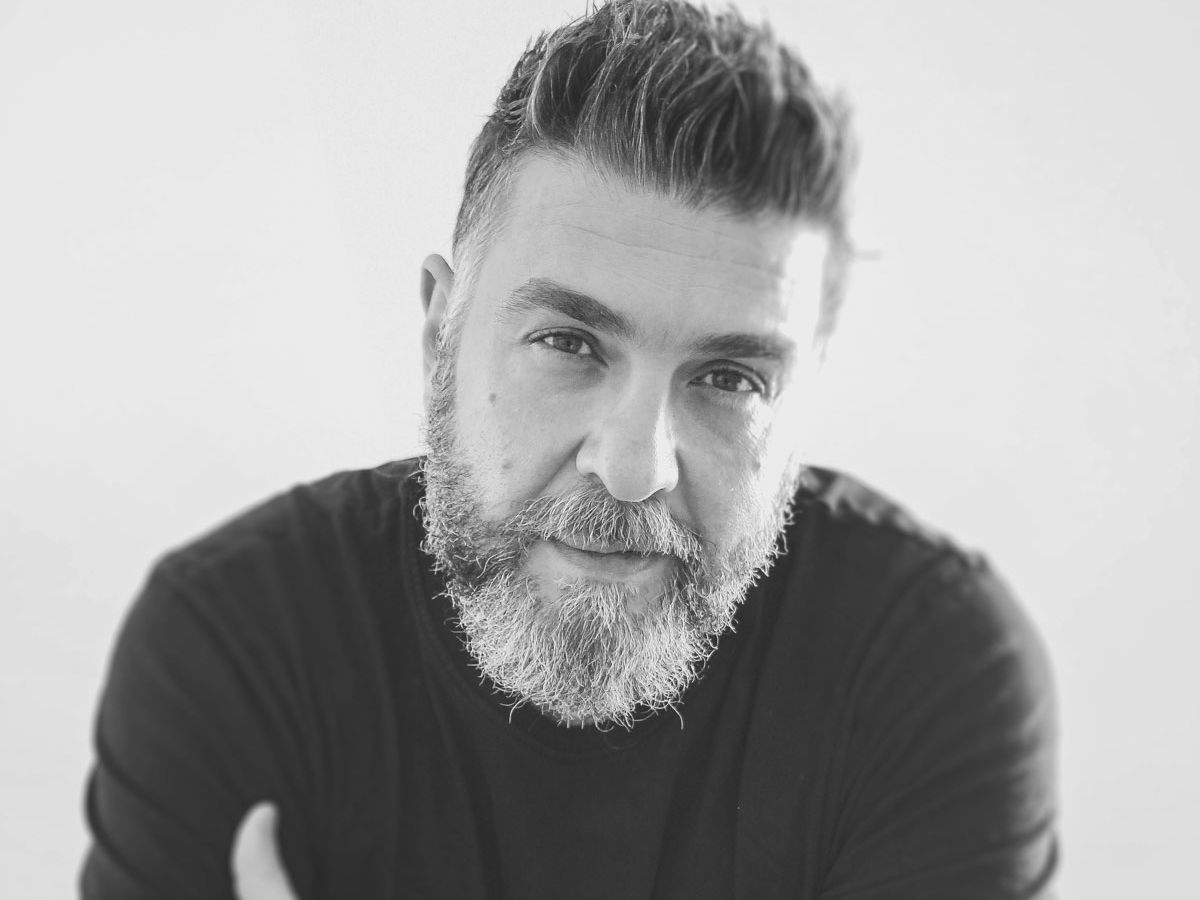 Tameem Sankari on Creative Coding for Large Media Corporations
Tameem Sankari on Creative Coding for Large Media Corporations
In this interview, Copenhagen-based creative director Tameem Sankari shares his journey into Creative Coding, combining Processing, Blender, and Adobe CC. […]
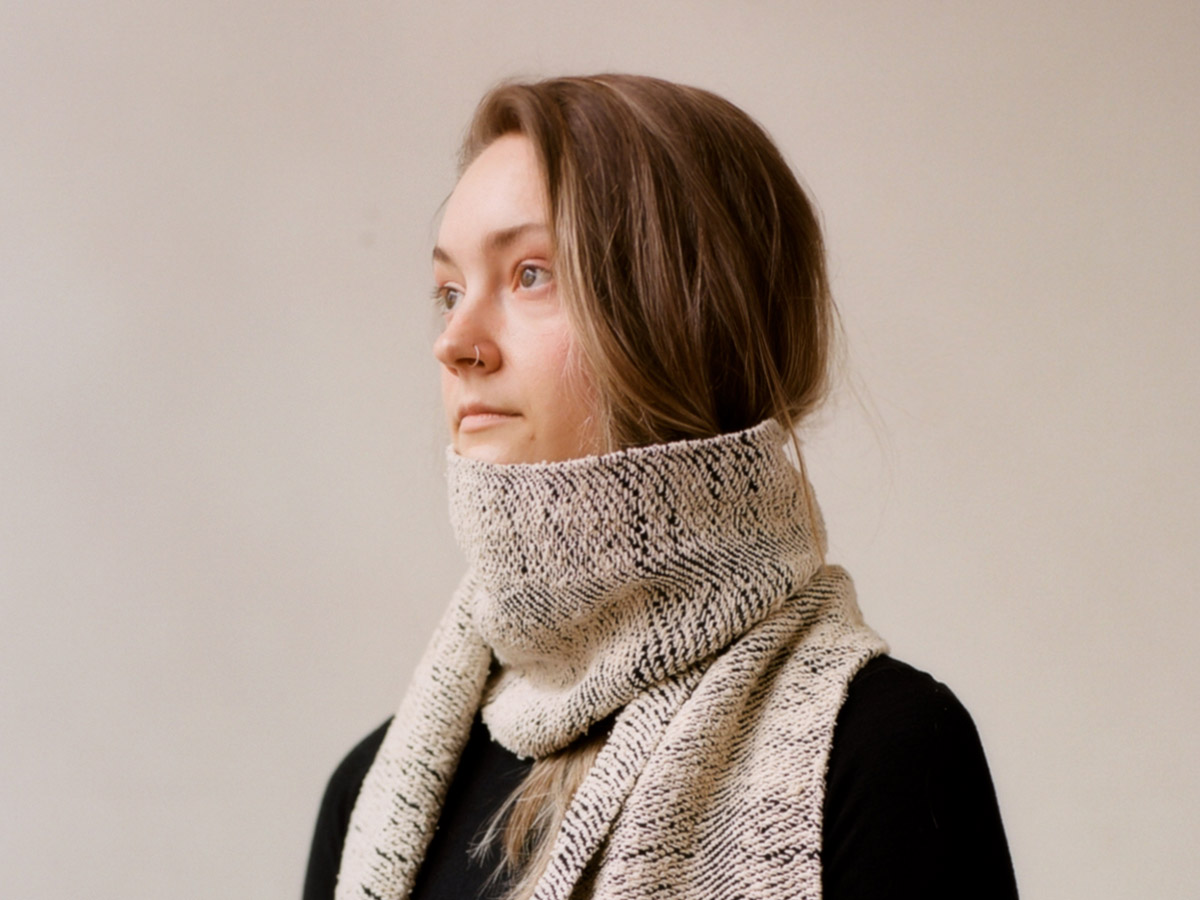 Sam Griffith connects Creative Coding with Enviromentalism
Sam Griffith connects Creative Coding with Enviromentalism
In this post I’d like to introduce you to Sam Griffith, a talented graphic designer based in Detroit, to discuss […]
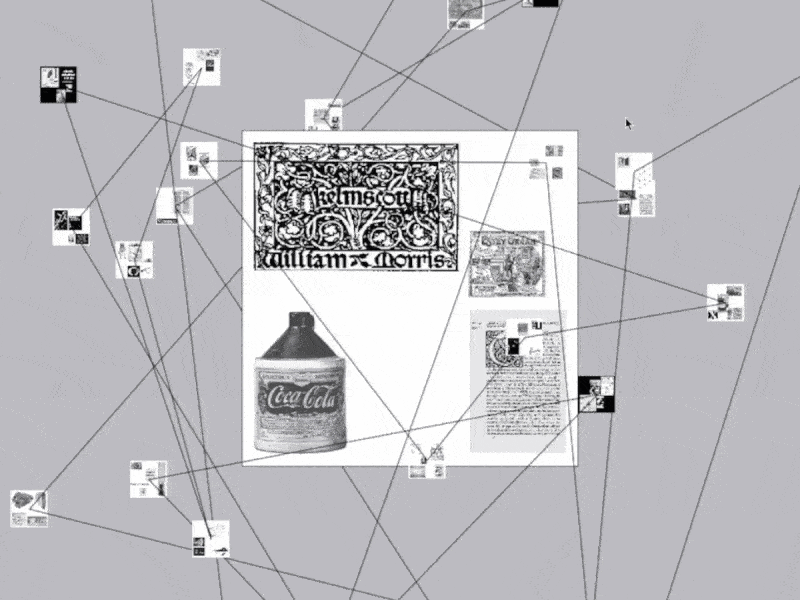 Omid Nemalhabib explores the intersection of Creative Coding and Perso-Arabic Typography
Omid Nemalhabib explores the intersection of Creative Coding and Perso-Arabic Typography
In 2022, I spontaneously posted a story on Instagram: If anyone out there is also in Rotterdam, I’d love to […]

